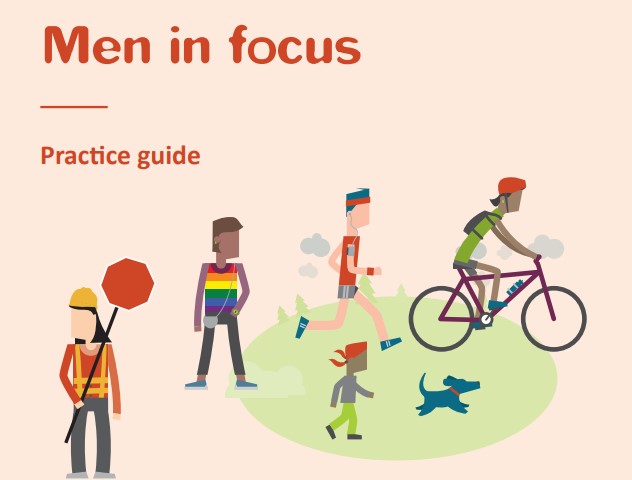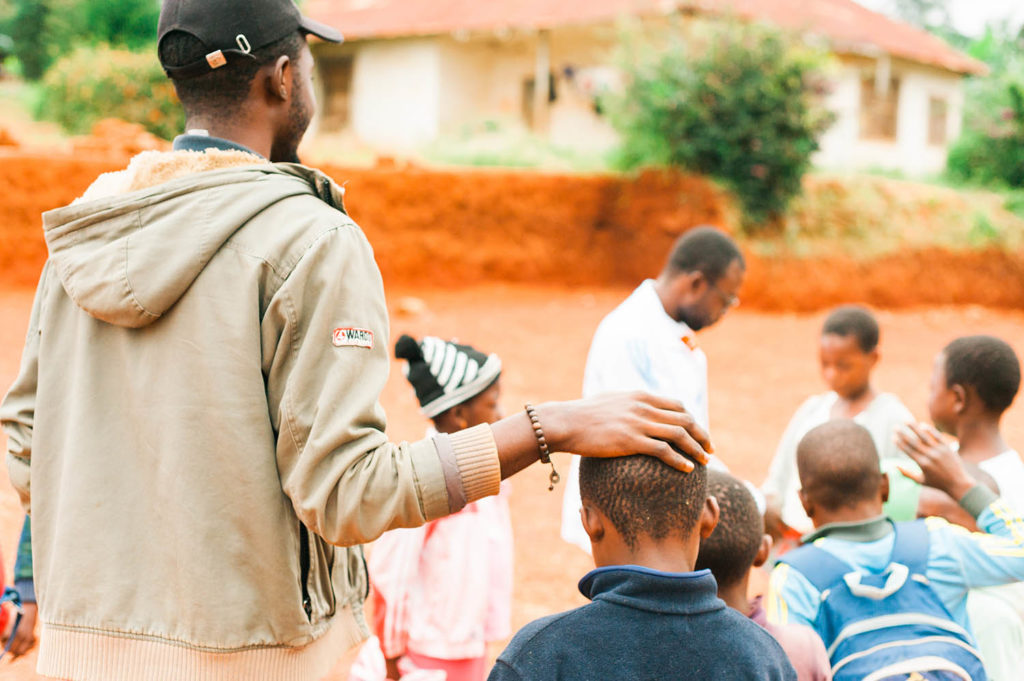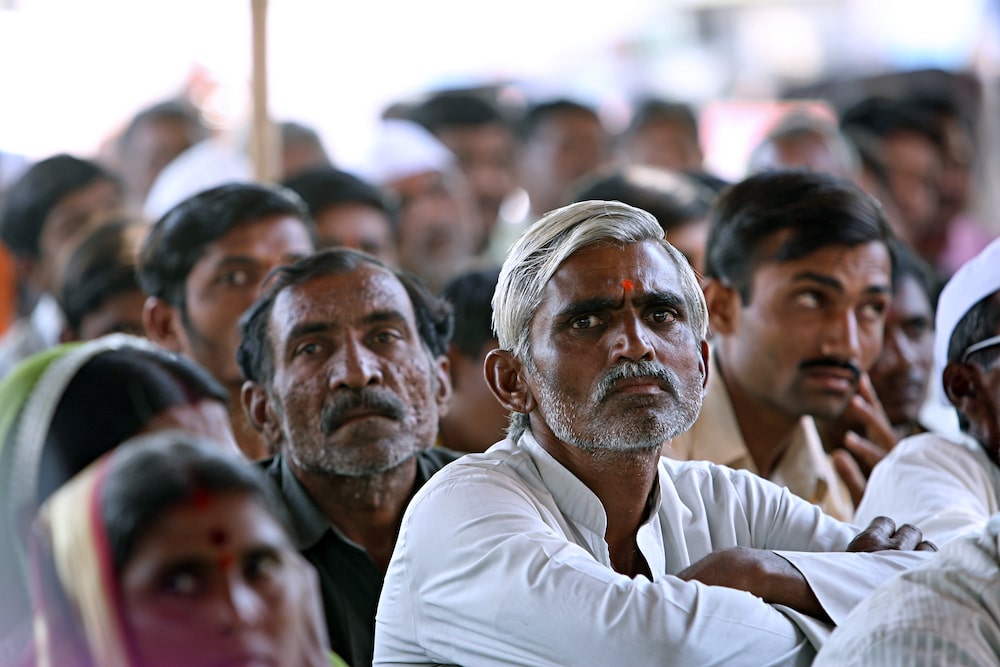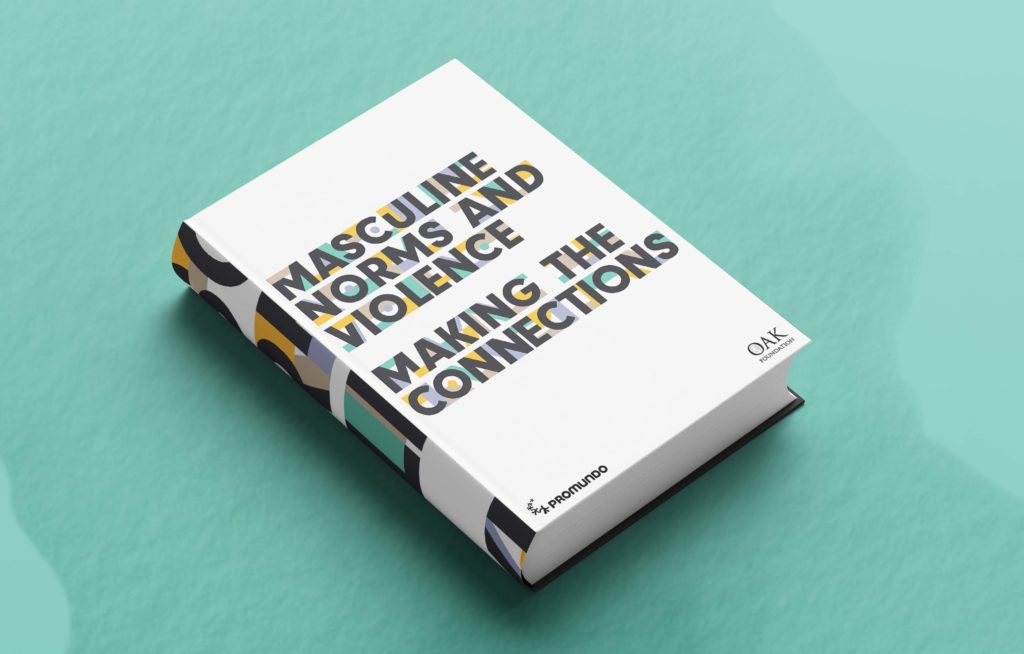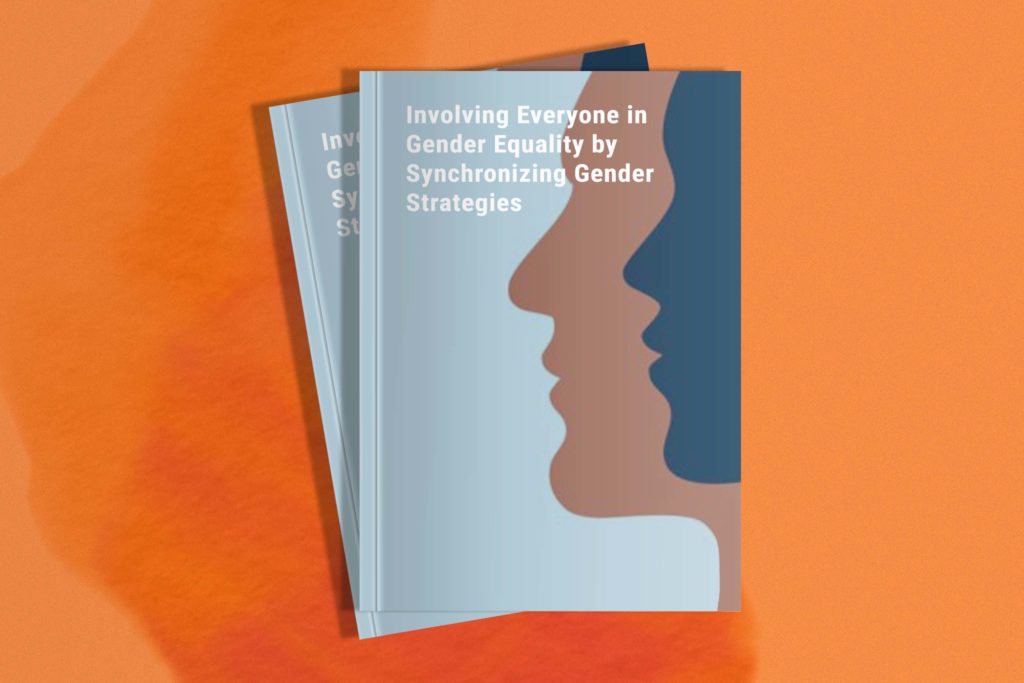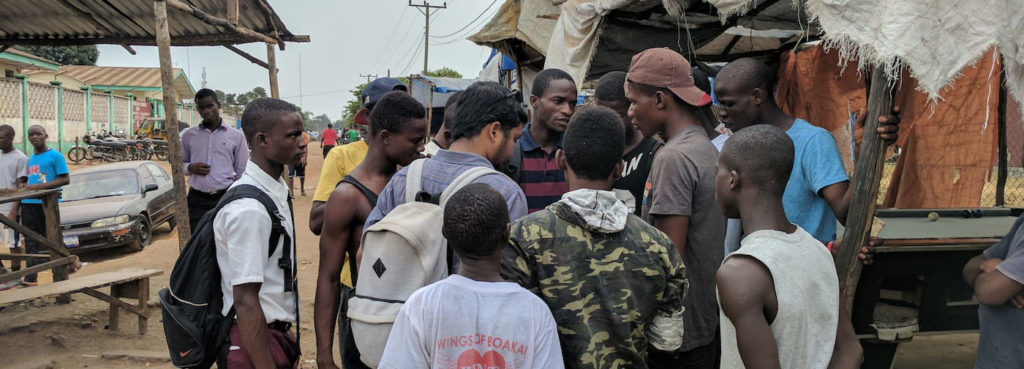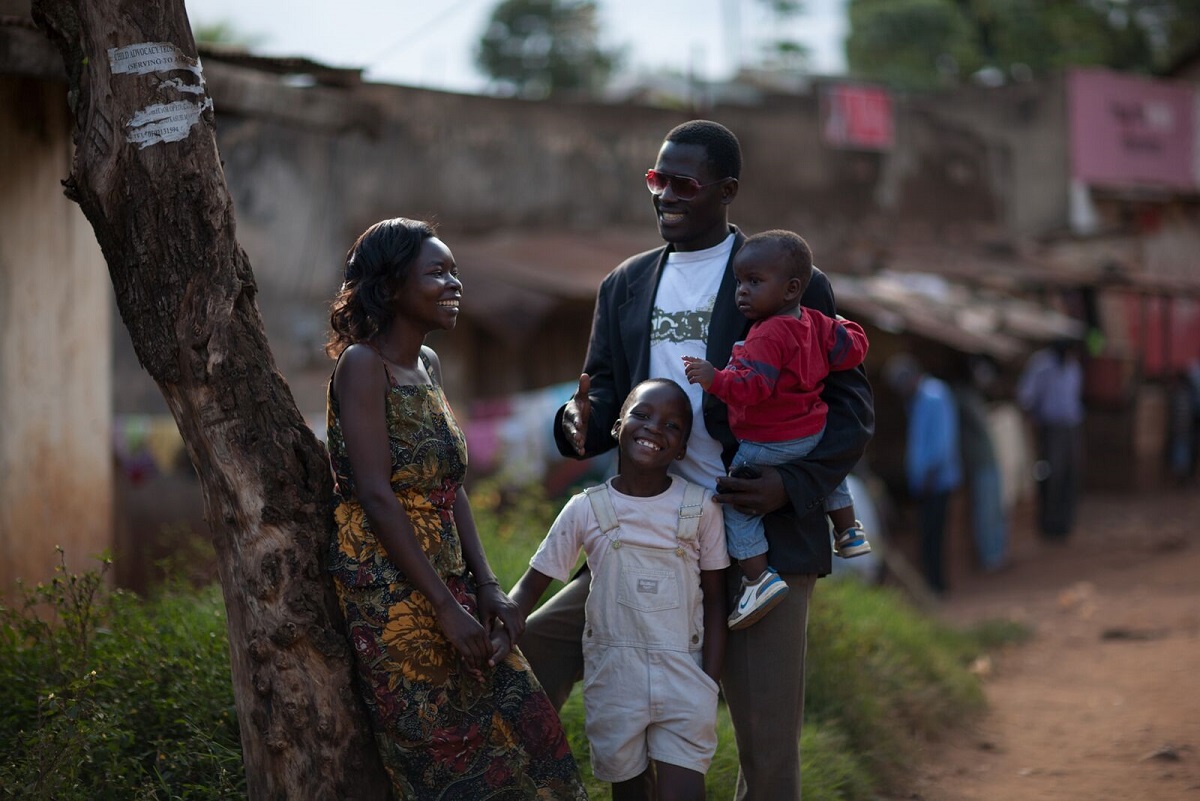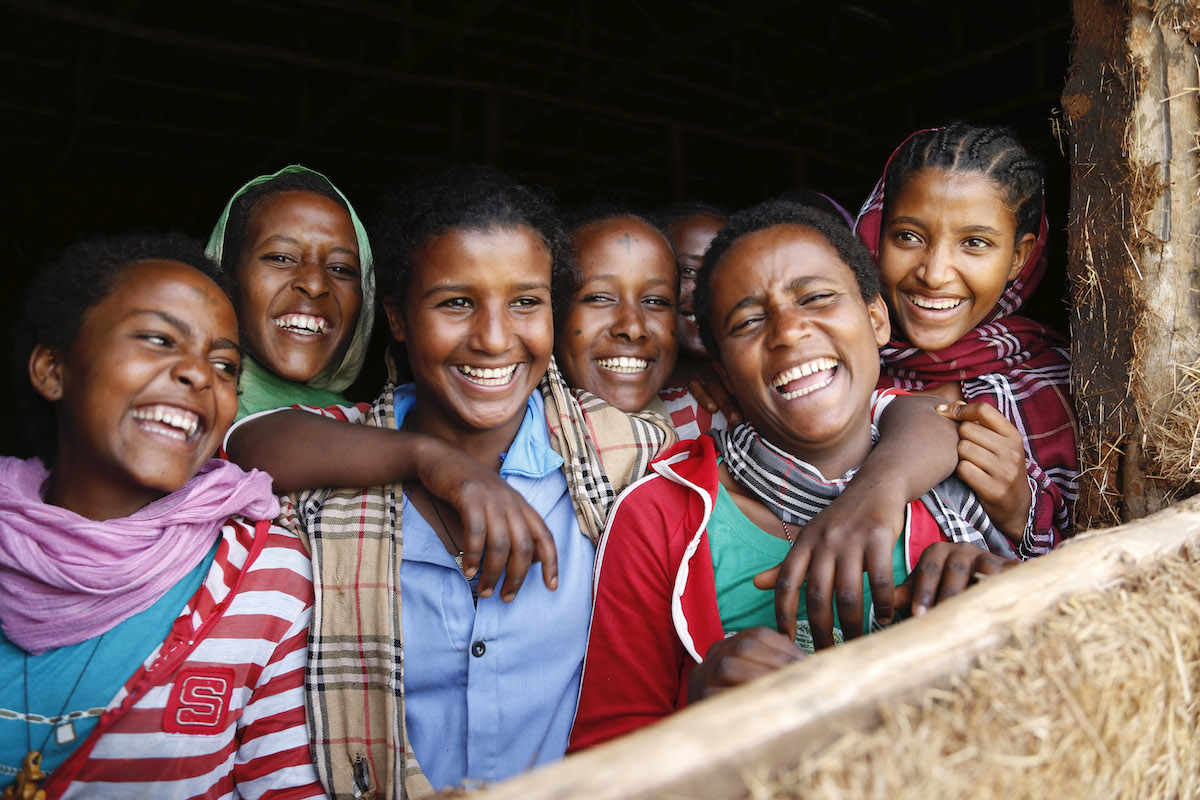
SYNCHRONISED PROGRAMMING TO REDUCE VAWG
Around the world, men are disproportionately likely to perpetrate violence. In many societies, boys (and girls) are raised to accept violence as a legitimate way for men to exert control, resolve conflict, or ‘correct’ women’s behaviour. Therefore, effective violence prevention requires working with men and boys, not only with women and girls. Programmes that work with men or boys may involve group-based gender transformation, community mobilisation, and work with men as leaders or policymakers.
This page gives key resources and selected examples.
Violence against women is rooted in unequal power dynamics in the home and in society. Programmes working with men and boys must be especially careful not to reinforce unequal dynamics. A process of critical reflection on personal and societal ideas about violence and gender is essential in striving for change.
Synchronised programming—working with both men and women, and with whole communities—can be especially effective when it seeks to transform harmful norms and behaviours.
“A KEY CHALLENGE IS TO STRIKE THE RIGHT BALANCE BETWEEN MAKING PREVENTION WORK APPEALING AND ACCESSIBLE TO MEN AT THE SAME TIME AS ENSURING IT ADDRESSES THE HARMS CAUSED BY MALE POWER AND PRIVILEGE, FROM WHICH MEN BENEFIT.”
Key risk factors for individual men’s use of violence include:
- Exposure to violence in childhood (as a victim or witness)
- Attitudes that endorse male superiority
- Adherence to rigid norms around acceptable male and female behaviour
- Harmful alcohol use
These risk factors can and must be addressed through targeted programme content. Addressing men’s risk factors and vulnerabilities has sometimes been controversial. However, addressing alcohol use or childhood adversity does not excuse violence; instead, it offers opportunities for effective prevention.
Male engagement may indeed be more effective when combined with support to deal with harmful alcohol use and mental health issues, or with economic transfers or livelihoods programming.
The challenge is to question patriarchy and violence and, at the same time, demonstrate to men and boys the appeal and benefits of participating in a prevention programme. To recruit and retain men or boys, appealing entry points can include life transitions (such as becoming a father) and areas of interest (such as sports or sexual and reproductive health), in order to:
- Get men in the room
- Help create a personal connection to and stake in the issue
- Provide opportunities for deeper change
Note: Working with men and boys is a strategy under both the United Nations framework to reduce violence against women (RESPECT) and the United Nations strategy to reduce violence against children (INSPIRE).
- The RESPECT framework includes working with men and boys and synchronised programming under the ‘Transformed attitudes, beliefs, and norms’
- The INSPIRE framework includes working with men and boys under its ‘Norms and values’ strategy.

